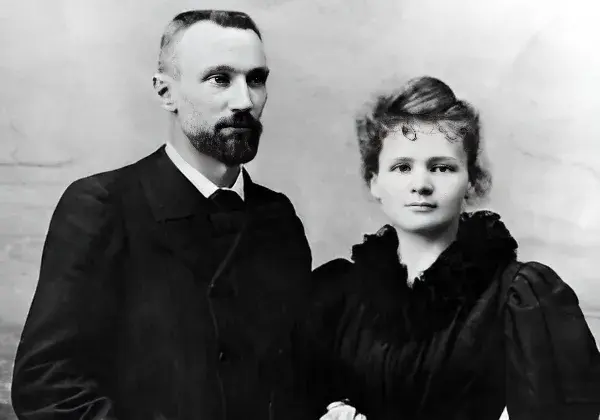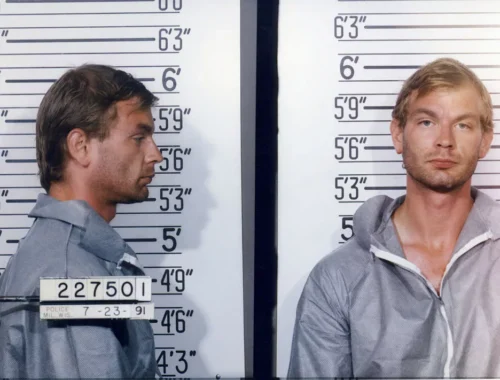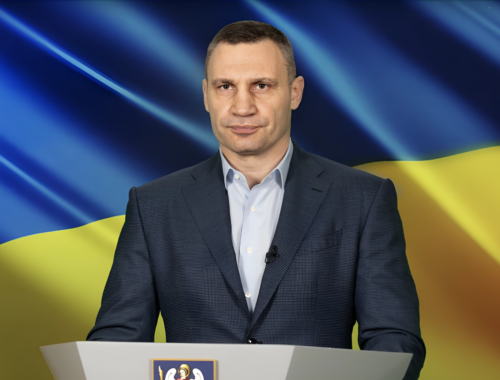
Pierre Curie
Hello, dear readers! Today we are going to talk about the life and contribution to science of Pierre Curie. Pierre Curie, born on May 15, 1859 in Paris, France, was a prominent physicist and chemist. He, along with his wife Marie Curie, was awarded the Nobel Prize in Physics in 1903 for their research in radioactivity. He is one of the founders of modern physics.
Contents
ToggleChildhood and family
Pierre Curie was born in Paris on May 15, 1859. His father, Eugène Curie, was a doctor. Pierre received his primary education at home before entering the Faculty of Sciences at the Sorbonne. He married Maria Skłodowska, the daughter of a high school teacher in Warsaw, Poland. They had two daughters: Irene, who married Frederic Jolyot and together they won the Nobel Prize in Chemistry in 1935, and a younger daughter, Eva, who married the American diplomat Henry Richardson Labusse.
Education
Pierre Curie received his initial education from his father, a physician. He earned a bachelor’s degree in mathematics at age 16 and completed the requirements for an advanced degree by age 18, earning a “licentiate in science” (the equivalent of a master’s degree in the United States) at the Faculty of Sciences at the Sorbonne, also known as the University of Paris. He did not immediately continue his studies at the doctoral level due to financial problems. Instead, he worked as a laboratory instructor.
Career
Pierre Curie devoted his early career to doctoral research in the field of magnetism. He developed and perfected the ultra-sensitive torsion balance for measuring magnetic coefficients. He also proposed Curie’s law and, together with a student, made the first discovery of nuclear energy. Many later works in nuclear chemistry and physics are based on his initial research.
Achievements
As a physicist and chemist, Pierre Curie discovered radium and polonium while researching radioactivity with his wife, Marie Curie. He is considered one of the main founders of modern physics, and was a pioneer in the fields of crystallography, magnetism, and piezoelectricity.
Conclusion.
Pierre Curie was an outstanding scientist who made a significant contribution to the development of modern physics. His work on radioactivity, along with his wife Marie Curie, led to the discovery of new elements and expanded our understanding of atomic structure. His life and career serve as an inspiration for generations of scientists to come.

Anna Malyar




